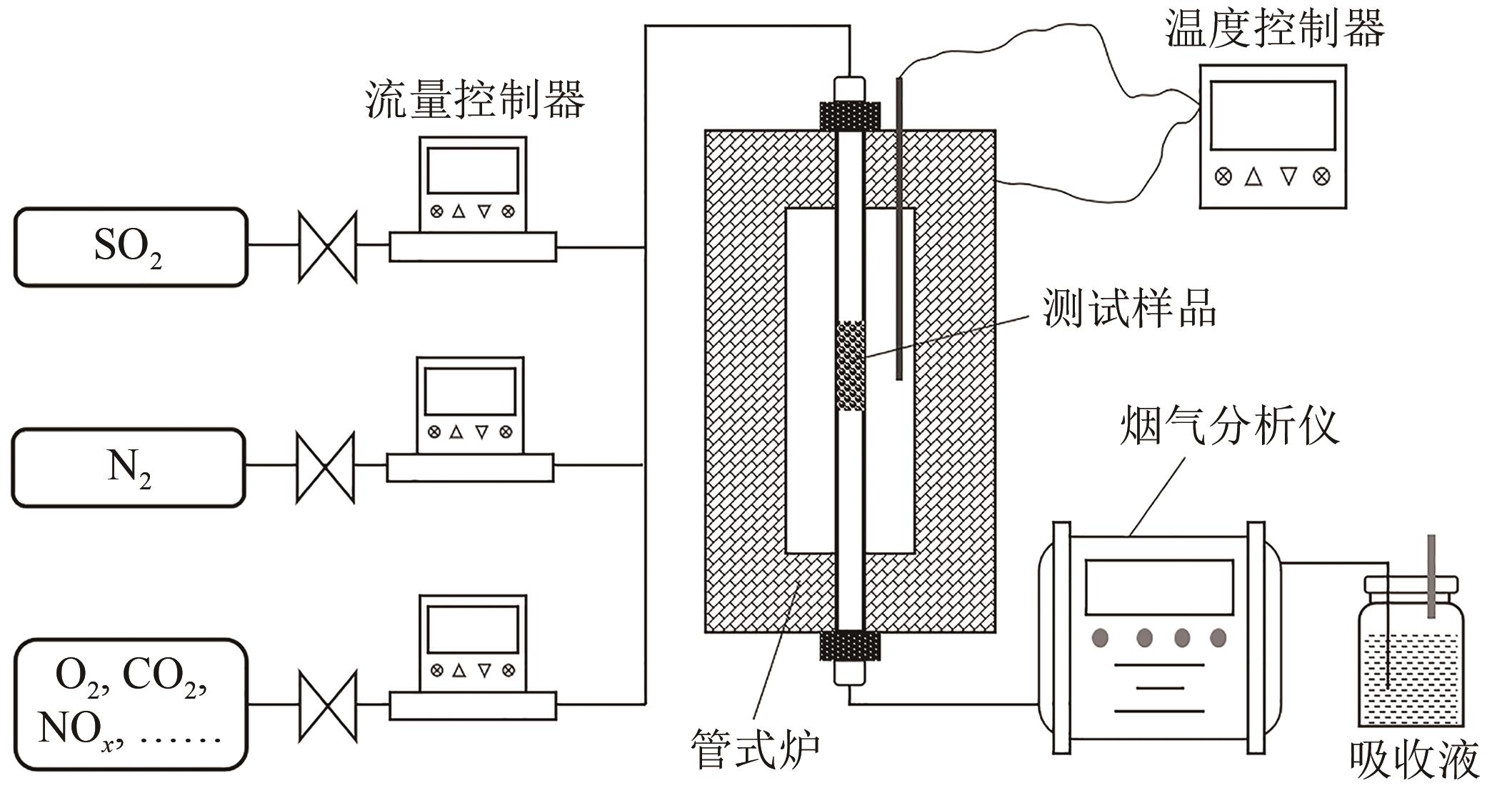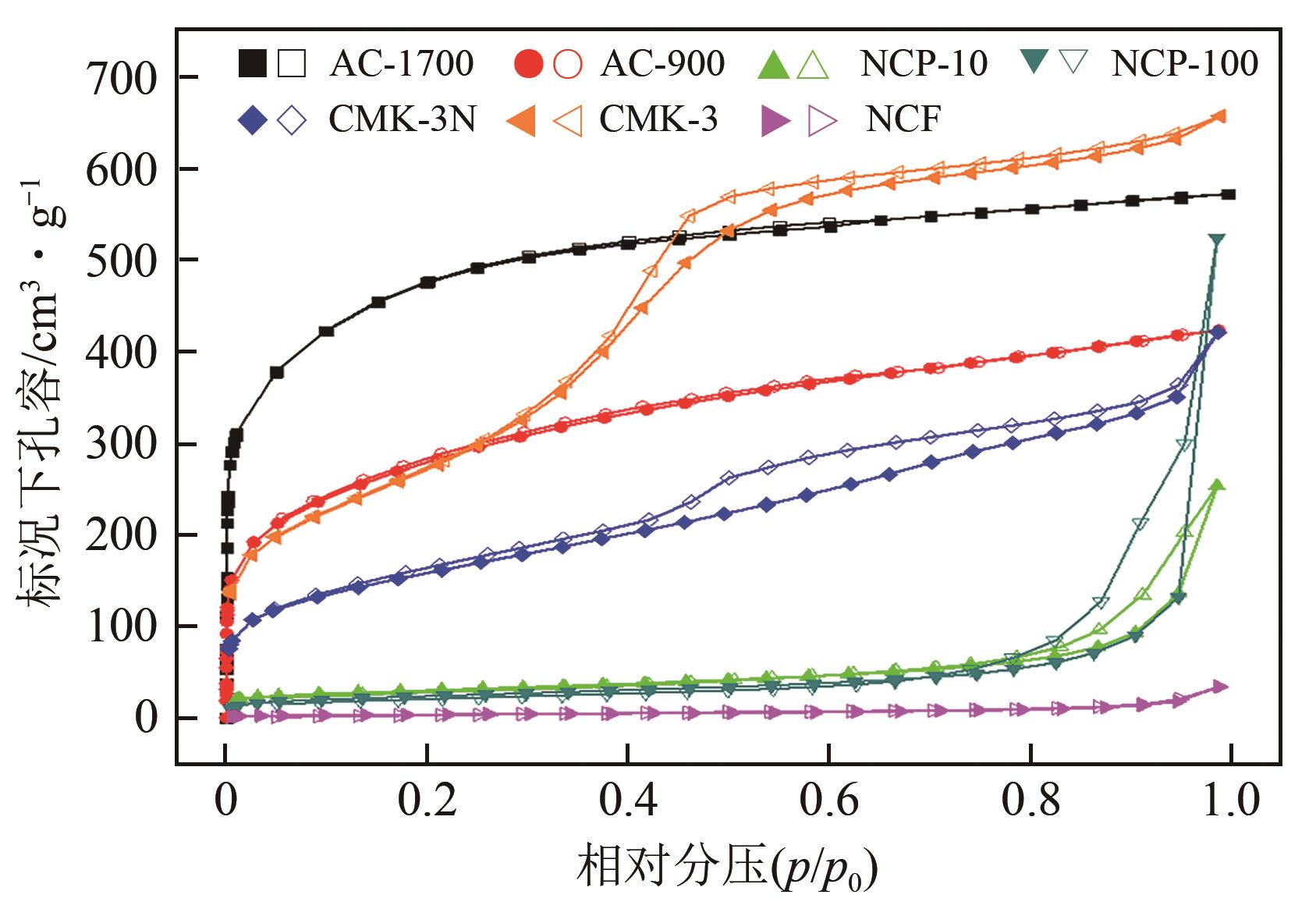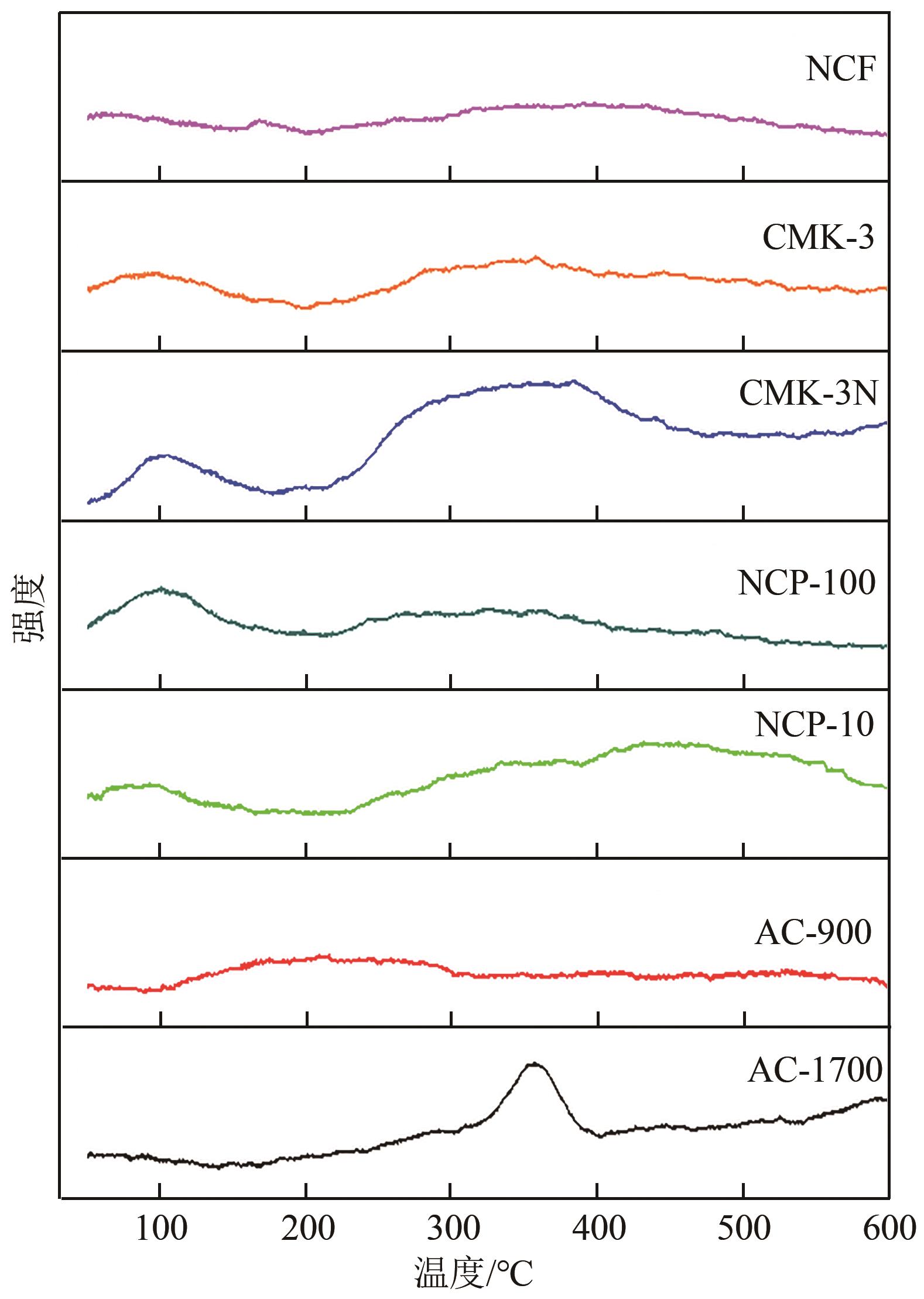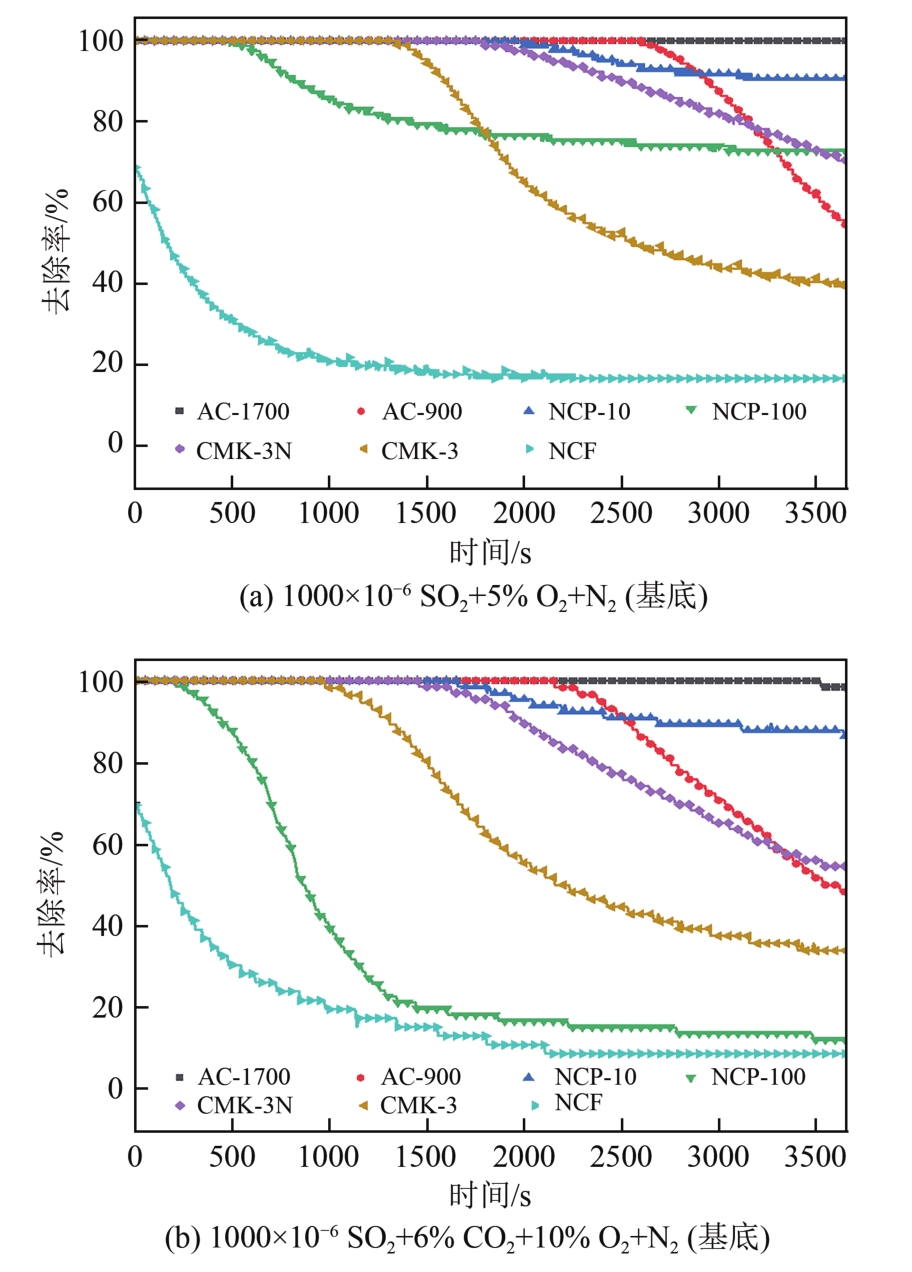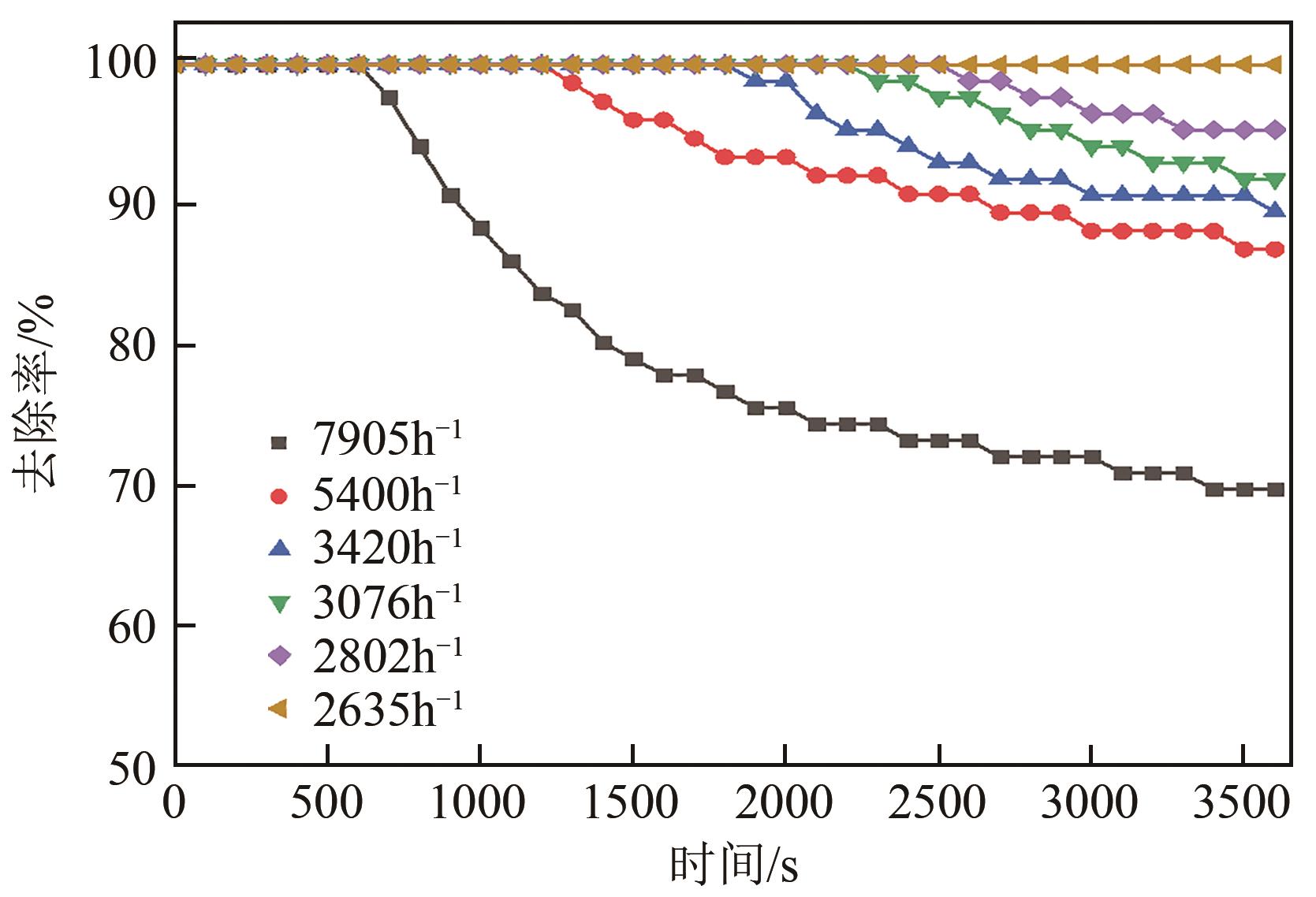| 1 |
KAN Haidong, WONG C M, VICHIT-VADAKAN N, et al. Short-term association between sulfur dioxide and daily mortality: the Public Health and Air Pollution in Asia (PAPA) study[J]. Environmental Research, 2010, 110(3): 258-264.
|
| 2 |
VAN THRIEL C, SCHÄPER M, KLEINBECK S, et al. Sensory and pulmonary effects of acute exposure to sulfur dioxide (SO2)[J]. Toxicology Letters, 2010, 196(1): 42-50.
|
| 3 |
刘瑞翔, 陈飞, 刘端阳, 等. 连云港酸雨变化特征及其影响因子分析[J]. 环境污染与防治, 2020, 42(1): 84-88..
|
|
LIU Ruixiang, CHEN Fei, LIU Duanyang, et al. Analysis on characteristics and impact factors of acid rain in Lianyungang[J]. Environmental Pollution & Control, 2020, 42(1): 84-88.
|
| 4 |
付贵勤, 李东亮, 朱苗勇. SO2对海洋大气环境中含铬耐候钢腐蚀行为的影响[J]. 钢铁, 2018, 53(12): 94-99.
|
|
FU Guiqin, LI Dongliang, ZHU Miaoyong. Effect of SO2 on corrosion behavior of Cr-containing weathering steel in simulated marine atmosphere[J]. Iron & Steel, 2018, 53(12): 94-99.
|
| 5 |
KORALEGEDARA N H, PINTO P X, DIONYSIOU D D, et al. Recent advances in flue gas desulfurization gypsum processes and applications: a review[J]. Journal of Environmental Management, 2019, 251: 109572.
|
| 6 |
周威, 徐婉珍, 黄卫红, 等. 吸附脱硫研究进展[J]. 环境科学与技术, 2012, 35(1): 122-128.
|
|
ZHOU Wei, XU Wanzhen, HUANG Weihong, et al. Advance in adsorptive desulfurization[J]. Environmental Science & Technology, 2012, 35(1): 122-128.
|
| 7 |
陈林涛, 大坂侑吾, 刘学成, 等. MnO2/NaY复合材料的制备及其对SO2脱除性能[J]. 化工进展, 2019, 38(5): 2284-2292.
|
|
CHEN Lintao, OSAKA Yugo, LIU Xuecheng, et al. Preparation of MnO2/NaY composite and its performance in removing SO2 [J]. Chemical Industry and Engineering Progress, 2019, 38(5): 2284-2292.
|
| 8 |
SAHA B, VEDACHALAM S, DALAI A K. Review on recent advances in adsorptive desulfurization[J]. Fuel Processing Technology, 2021, 214: 106685.
|
| 9 |
曲智斌, 孙飞, 皮信信, 等. 碳材料对燃煤烟气硫脱除及资源化研究进展[J]. 洁净煤技术, 2020, 26(1): 151-163.
|
|
QU Zhibin, SUN Fei, PI Xinxin, et al. Research progress of carbon materials on sulfur removal and resource utilization from coal-fired flue gas[J]. Clean Coal Technology, 2020, 26(1): 151-163.
|
| 10 |
王广建, 邴连成, 宋美芹, 等. 改性活性炭吸附脱除烟气中SO2的研究进展[J]. 工业催化, 2010, 18(10): 1-6.
|
|
WANG Guangjian, BING Liancheng, SONG Meiqin, et al. Research progress in the adsorption of SO2 over modified activated carbon[J]. Industrial Catalysis, 2010, 18(10): 1-6.
|
| 11 |
张兴惠, 杨姣姣, 都亚茹. 活性炭纤维氧化改性后的脱硫性能[J]. 化工进展, 2019, 38(11): 5151-5157.
|
|
ZHANG Xinghui, YANG Jiaojiao, DU Yaru. Desulfurization performance of activated carbon fiber after oxidation modification[J]. Chemical Industry and Engineering Progress, 2019, 38(11): 5151-5157.
|
| 12 |
邱军科, 王朋, 张迪, 等. 三维石墨烯基多孔碳材料的制备及对污染物的吸附性能研究进展[J]. 材料导报, 2020, 34(13): 13028-13035.
|
|
QIU Junke, WANG Peng, ZHANG Di, et al. Preparation of three-dimensional graphene-based porous carbon materials and their adsorption properties for pollutants: a review[J]. Materials Reports, 2020, 34(13): 13028-13035.
|
| 13 |
SUN Xiaolu, LIU Zan, CHENG Zhilin. Electrospinning fabrication for cloth-like carbon nanofiber films with hierarchical porous structure and their application in deep desulfurization[J]. Ecotoxicology and Environmental Safety, 2020, 196: 110555.
|
| 14 |
LIU Wei, ADANUR S. Desulfurization properties of modified activated carbon fibers and activated carbon fiber paper[J]. Journal of Industrial Textiles, 2015, 44(4): 513-525.
|
| 15 |
LI Yanhui, DU Qiuju, LIU Tonghao, et al. Comparative study of methylene blue dye adsorption onto activated carbon, graphene oxide, and carbon nanotubes[J]. Chemical Engineering Research and Design, 2013, 91(2): 361-368.
|
| 16 |
GOUVEIA L G T, AGUSTINI C B, PEREZ-LOPEZ O W, et al. CO2 adsorption using solids with different surface and acid-base properties[J]. Journal of Environmental Chemical Engineering, 2020, 8(4): 103823.
|
| 17 |
白云, 李琴梅, 刘奕忍, 等. 石墨烯材料表面含氧官能团的表征研究[J]. 分析仪器, 2020(4): 83-88.
|
|
BAI Yun, LI Qinmei, LIU Yiren, et al. Analysis of oxygen-containing functional groups on the surface of graphene material[J]. Analytical Instrumentation, 2020 (4): 83-88.
|
| 18 |
孙飞, 高继慧, 曲智斌, 等. 碳基材料纳孔空间内SO2吸附转化机理[J]. 中国电机工程学报, 2019, 39(20): 5979-5988, 6178.
|
|
SUN Fei, GAO Jihui, QU Zhibin, et al. Mechanism of SO2 adsorption and conversion in nanopores of carbon-based materials[J]. Proceedings of the CSEE, 2019, 39(20): 5979-5988, 6178.
|
| 19 |
王秀, 郝健, 郭庆杰. 多孔碳结构调控及其在二氧化碳吸附领域的应用[J]. 洁净煤技术, 2021, 27(1): 135-143.
|
|
WANG Xiu, HAO Jian, GUO Qingjie. Porous carbon structure control and its application in the field of carbon dioxide adsorption[J]. Clean Coal Technology, 2021, 27(1): 135-143.
|
| 20 |
SUN Fei, GAO Jihui, LIU Xin, et al. Controllable nitrogen introduction into porous carbon with porosity retaining for investigating nitrogen doping effect on SO2 adsorption[J]. Chemical Engineering Journal, 2016, 290: 116-124.
|
 ), HUANG Hongyu2,3, OSAKA Yugo4, HUHE Taoli1,5, XIAO Linfa2,3, LI Jun2,3(
), HUANG Hongyu2,3, OSAKA Yugo4, HUHE Taoli1,5, XIAO Linfa2,3, LI Jun2,3( )
)
 ), 黄宏宇2,3, 大坂侑吾4, 呼和涛力1,5, 肖林发2,3, 李军2,3(
), 黄宏宇2,3, 大坂侑吾4, 呼和涛力1,5, 肖林发2,3, 李军2,3( )
)
